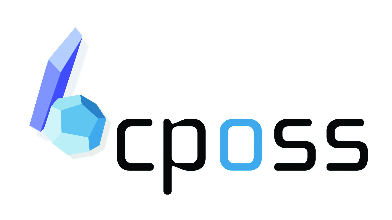




Rudolph
Here are some instructions for the symmetry
assignment of k=0 phonon modes from DMAREL and NEIGHBOURS output.
I've used the structure am8 (fort.21 & prop.out)of
the uracil derivative Panos sent me. I made the RUDOLPh input file for this
= am8.rudolph and an output file from
RUDOLPh that contains the phonon eigenvectors in the axis system needed for
the symmetry analysis = am8.rudolph.f16.
Running RUDOLPh
In case you're using RUDOLPh for visualisation, here are the keyboard controls:
The function keys F1,F2,F3 are for rotating the crystal. ESC-F1,ESC-F2 and ESC-F3
rotate in the opposite direction.
F4 zooms in. ESC-F4 zooms out.
F5 increases the amplitude of the vibration. ESC-F5 decreases the amplitude.
F6 stops the vibration (static crystal structure). ESC-F6 resumes the vibration.
F7 for the simple bond representation of the molecule. ESC-F7 switches to a
simple ball & stick representation, but this isn't very good at the moment.
F8 colours the molecules with a different colour for each molecule in the unit
cell. ESC-F8 goes back to colour by element.
F9 draws the vector (in red) for the translational component of the current
vibrational mode. ESC-F9 hides the vector.
F10 draws the vector (in blue) for the axis of rotation of the rotational component
of the current vibrational mode. ESC-F10 hides this vector.
middle mouse button brings up the menu for choosing the vibrational mode. Select
the mode with the right mouse button, or scroll up or down the list by clicking
on '-' or '+'.
Any suggestions for development of RUDOLPh are welcome!
© UCL Chemistry Department 2022. This page was last updated on 17 August, 2022. If you have any problems with this page please email the WebMaster